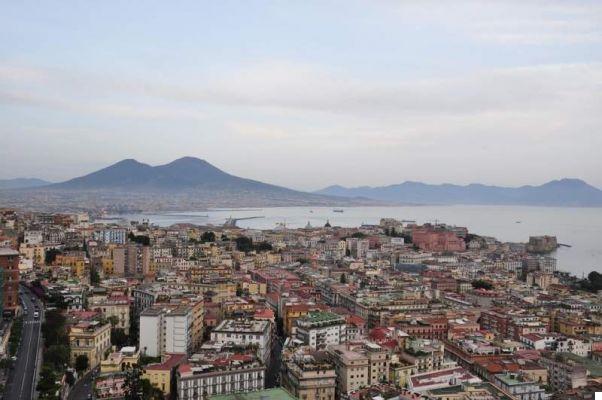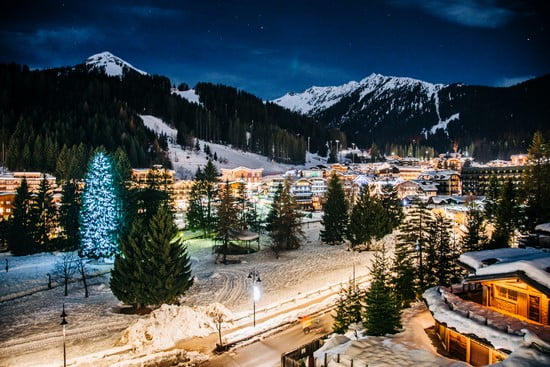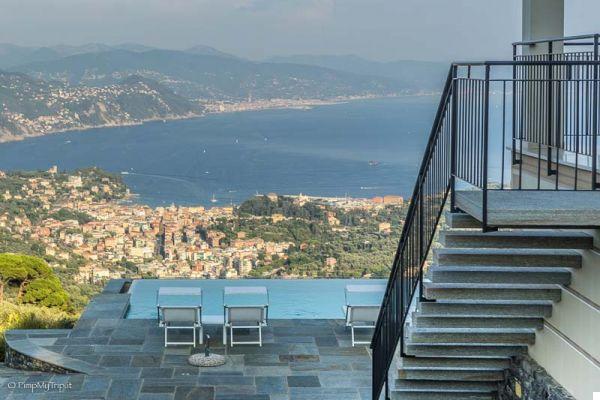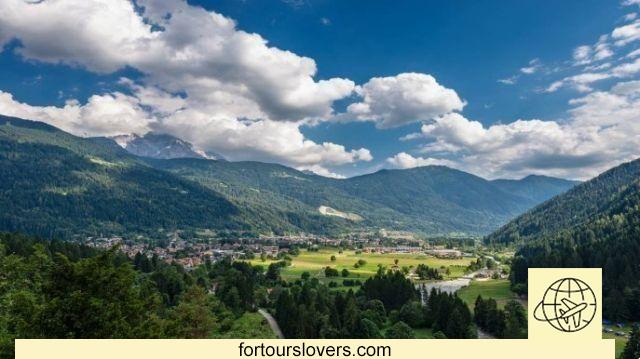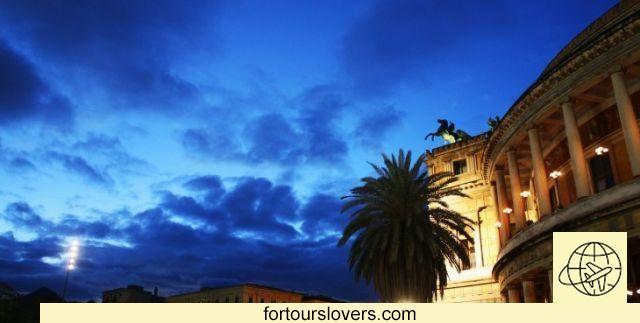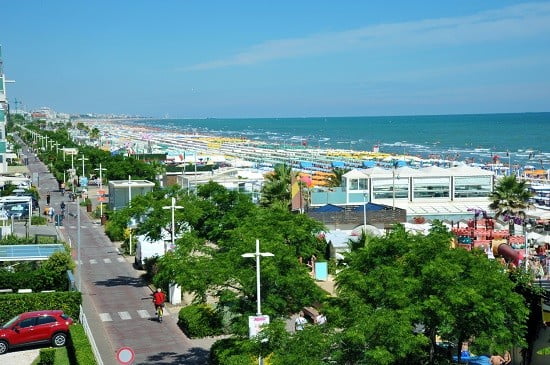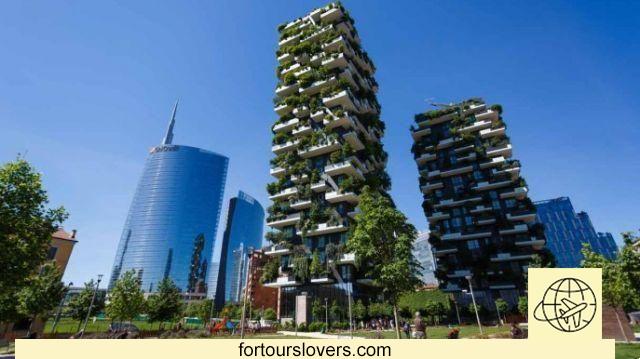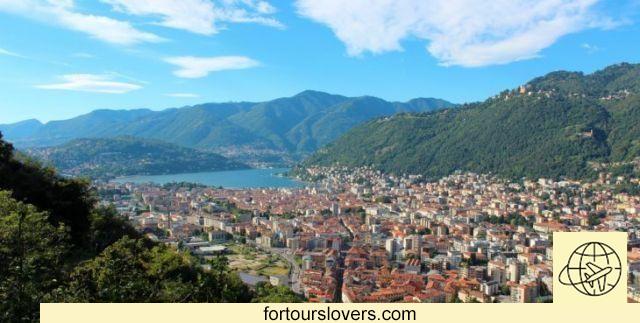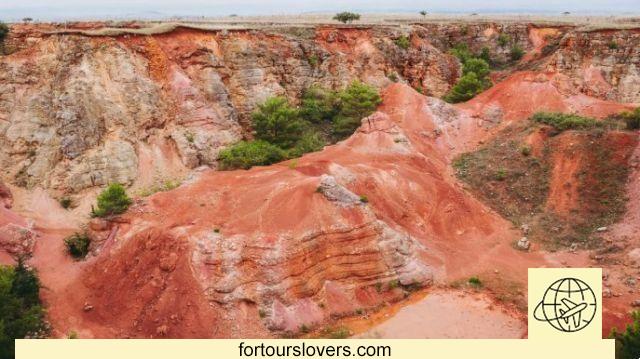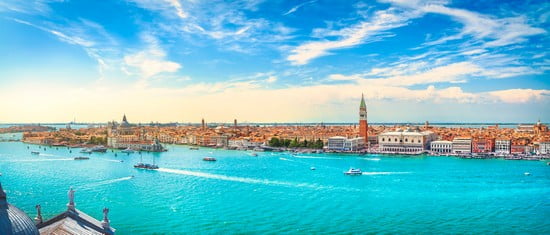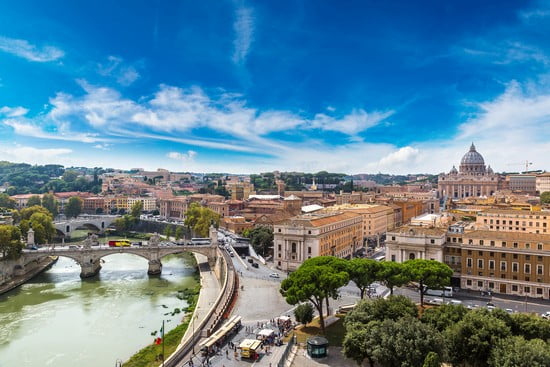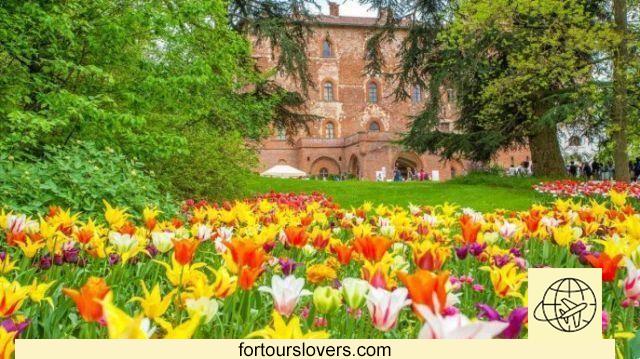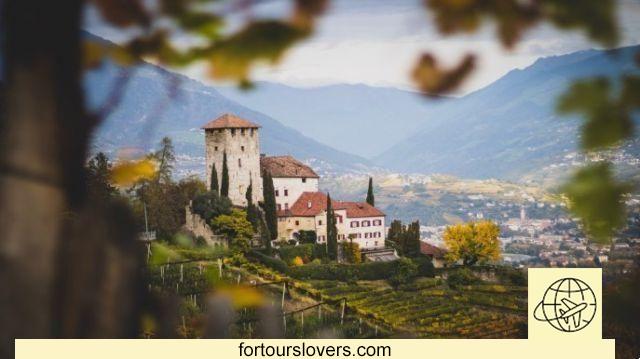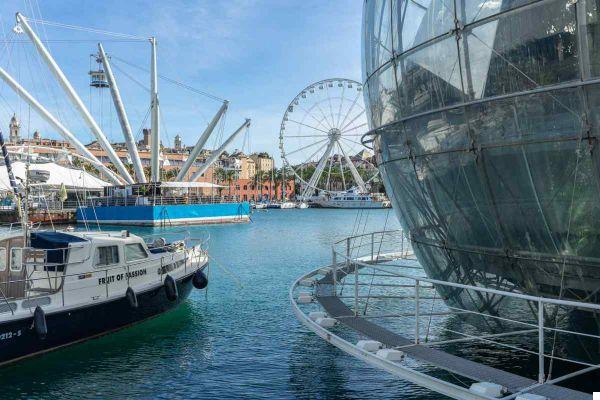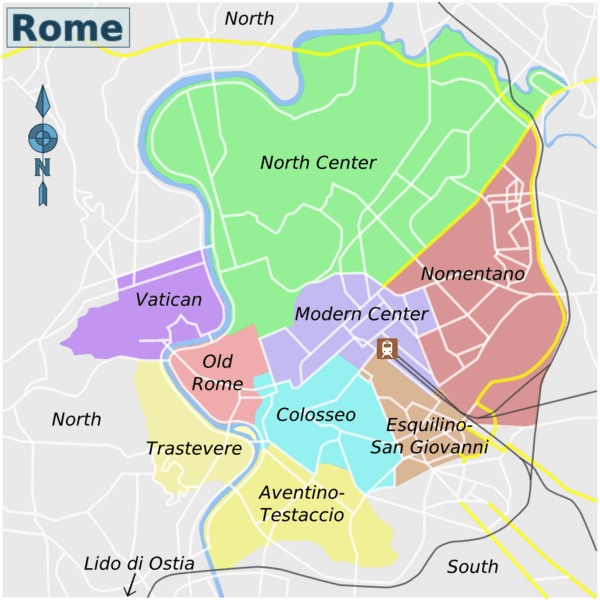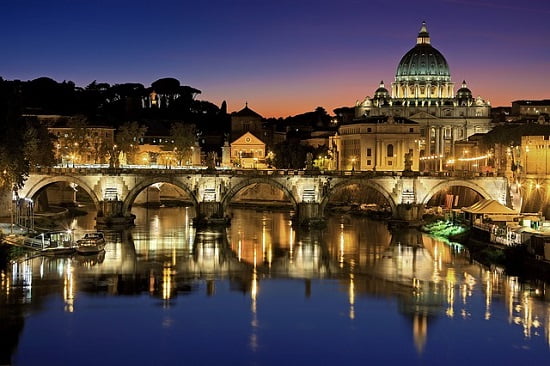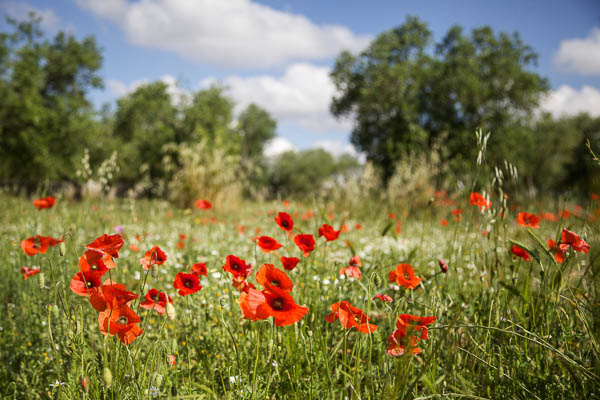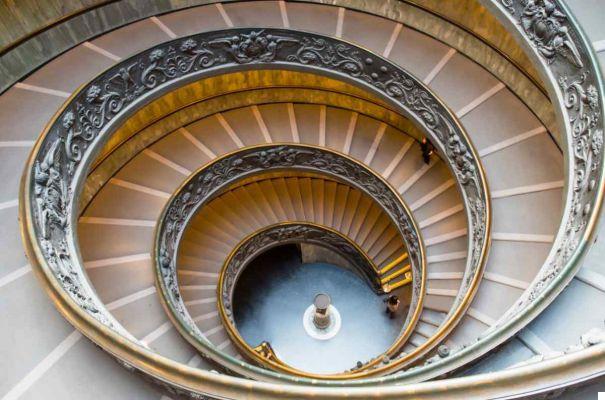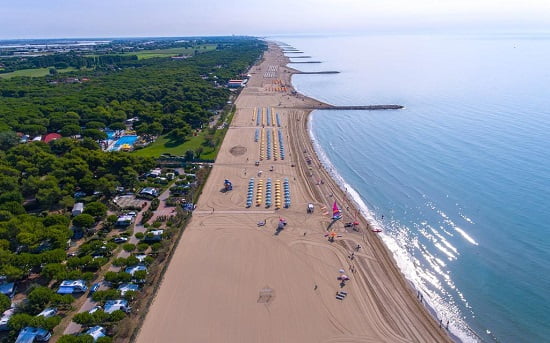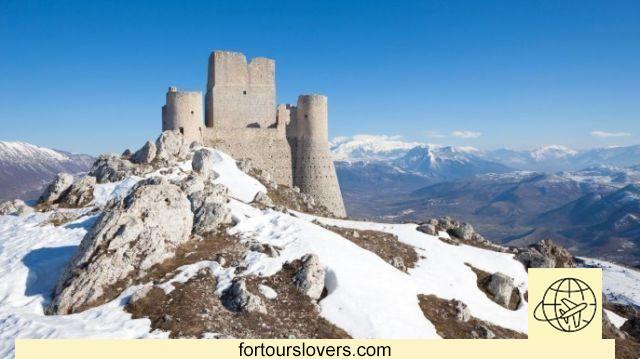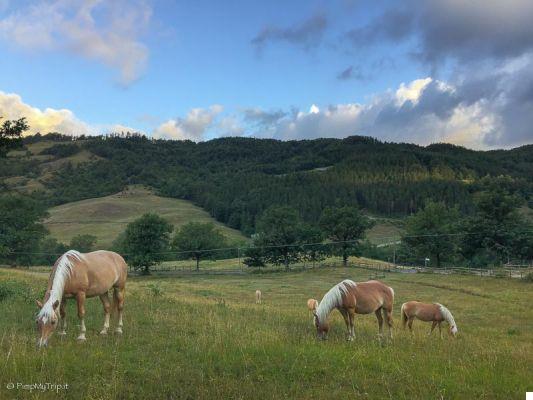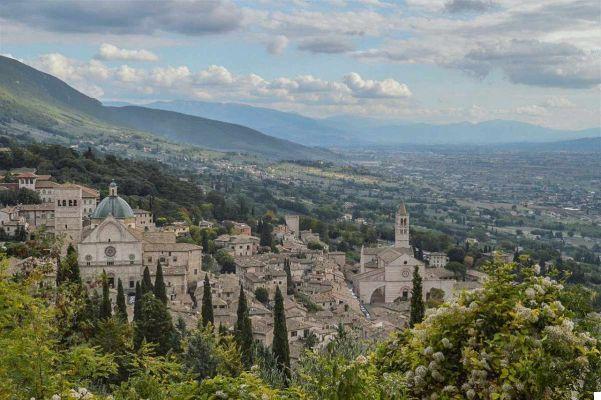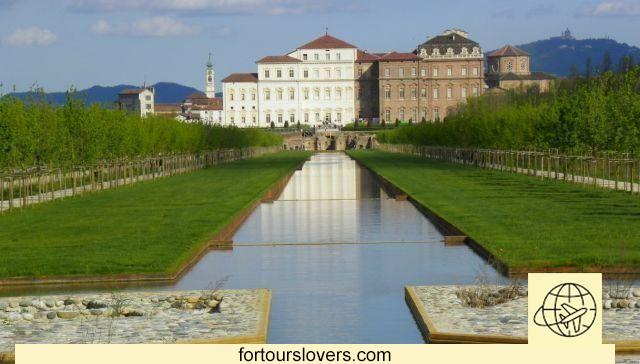
The Royal Palace of Venaria Reale, commissioned by Duke Carlo Emanuele II of Savoy from the court architects Amedeo di Castellamonte and Michelangelo Garove, was built from 1658. The duke wanted a residence for his hunting excursions in the moors of Turin. Work continued at least until 1675, when the town of Venaria and the royal palace were largely finished: at least Diana's palace, the heart of the structure, was finished. The development of the building, in reality, did not stop. Several episodes have marked its fate and destiny: the sieges of hostile troops (the French in 1706, for example), Filippo Juvarra who took over the direction of the project and the works, Napoleonic domination, the transformation into a barracks, the nerve center of the Savoy cavalry, military riding school, progressive degradation until 1978.
It was in 1978 that the structure passed to the Superintendency and in 1998 the impressive work of restoration with the release of national and European funds. The Venaria Reale Palace was reopened on October 12, 2007; Periodically, since then, new spaces have been recovered and reopened: it is the largest conservation work of a cultural asset ever carried out in Europe. 100 square meters of the surface of the entire complex have been restored, 9500 square meters of stucco have been recovered and thousands of frescoes have been brought to light. There are 50 hectares of gardens of the Royal Palace of Venaria Real that can now be visited, 200 new plantations, 11 million liters of water in the fish pond, 4500 square meters of the Juvarriane stables.
The visiting itinerary of the Royal Palace of Venaria Reale obviously begins at the ticket office, where you can find indications on the itineraries to discover this monumental building that presents some of the most sublime expressions of Piedmontese Baroque. Then you will cross the Diana Room designed by Amedeo di Castellamonte, the Grande Gallery and the Chapel of Sant'Uberto, with the immense complex of Juvarra Stables, the 18th century works of Filippo Juvarra, the sumptuous decorations, the spectacular Deer Fountain in the Court of Honor, the resplendent highlights of the "Theatre of History and Magnificence". Don't miss the exhibition itinerary dedicated to the Savoys, which accompanies the visitor along almost two thousand meters, between the basement and the main floor of the Palace. and find out about Temporary exhibitions, always very interesting.
Then go to Gardens of the Royal Palace by Venaria Reale. The recovery of this green jewel close to the royal residence was something prodigious. By the 2000s, the gardens were in such a state that they no longer even allowed the possibility of perceiving the fragments of the original 2007th-XNUMXth century conformation. Today they are an elegant, virtuous and fascinating dialogue between ancient and modern. Go in search of Hercules the Colossus, which dialogues with works by contemporary artists such as Giuseppe Penone and Giovanni Anselmo; In the background you can see the perspectives and breadth of the natural panorama animated by the forests of La Mandria Park and the mountain range of the Alps. Inaugurated in XNUMX, the "young" gardens of the Royal Palace of Venaria Reale enter a phase of adjustment in which their evolution towards a more mature phase is even more evident and admirable.
Once you have completed your visit to the Royal Palace complex, head towards La Mandria Park. Located between the Stura di Lanzo and Ceronda streams, northwest of Turin and Venaria Reale, it was created in 1978 by the Piedmont Region to safeguard the more than three thousand hectares of territory that Vittorio Emanuele II of Savoy, first king of Italy, had closed with a surrounding wall in the mid-35th century. With more than XNUMX kilometers in length, the surrounding wall was designed to protect the historic buildings present in what for the sovereign was a true hunting reserve. Several species of domestic and wild animals today live freely and in a semi-wild state in the Park. It is also the most significant example of lowland forest still present in the region.
La Mandria also houses another of the Savoy residences, the Royal Apartments of Borgo Castello – those inhabited by Rosa Vercellana, Bela Rosin, first lover, then morganatic wife of Vittorio Emanuele II – and includes a considerable historical-architectural heritage made up of around twenty protected buildings, including the ancient country houses inhabited by His Majesty the sharecroppers , the remains of a medieval shelter, two hunting lodges called Bizzarria and Villa dei Laghi and Cascina Rubbianetta. If you have in mind a romantic weekend or a family stay surrounded by nature, do not forget that within the Venaria Reale park it is possible to stay at the pension "La Dimora de La Mandria" located in the Cascina Rubbianetta, an agricultural cooperative. and center of the crotch.
Vast natural oasis, La Mandria Park is a place and a unique opportunity where it is possible to live rare, unprecedented and surprising experiences: on the trail of its places of "silence", of "natural smells" or "immersed" in the darkness of the forest, of walking and trekking along the trails or along them by bicycle or horseback, from the discovery of wild flora and fauna, to guided excursions through the Venaria Reale moors in search of the undergrowth vegetation or on the centuries-old deposits of remains fossils, to the very opportunity, more general, to capture and immerse oneself in the slow rhythm of natural evolution.




